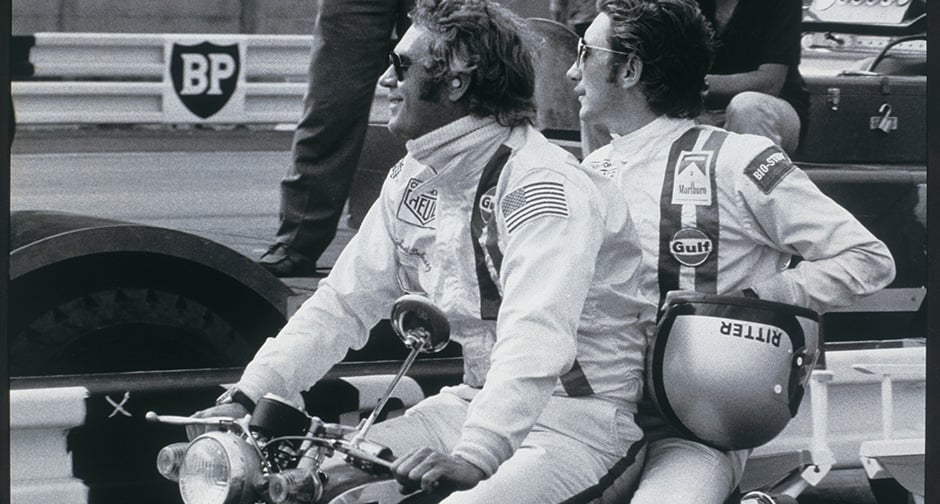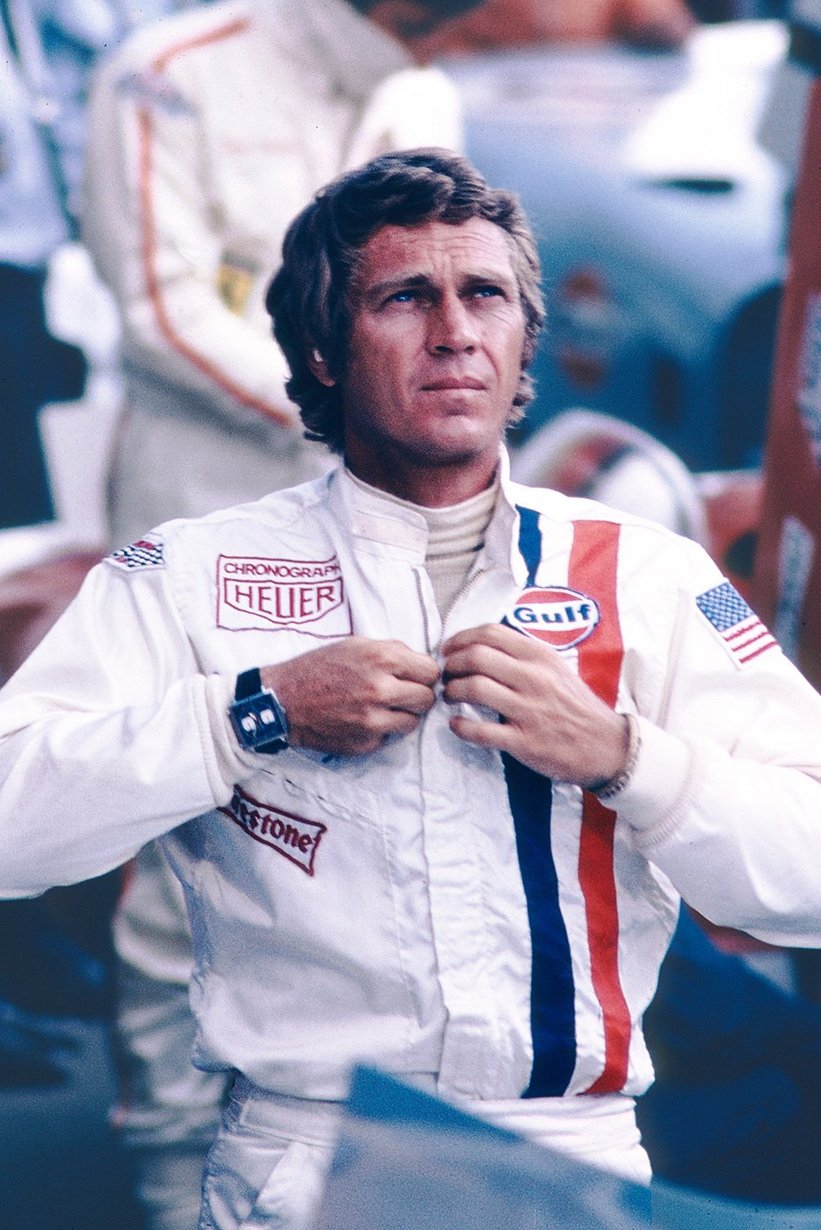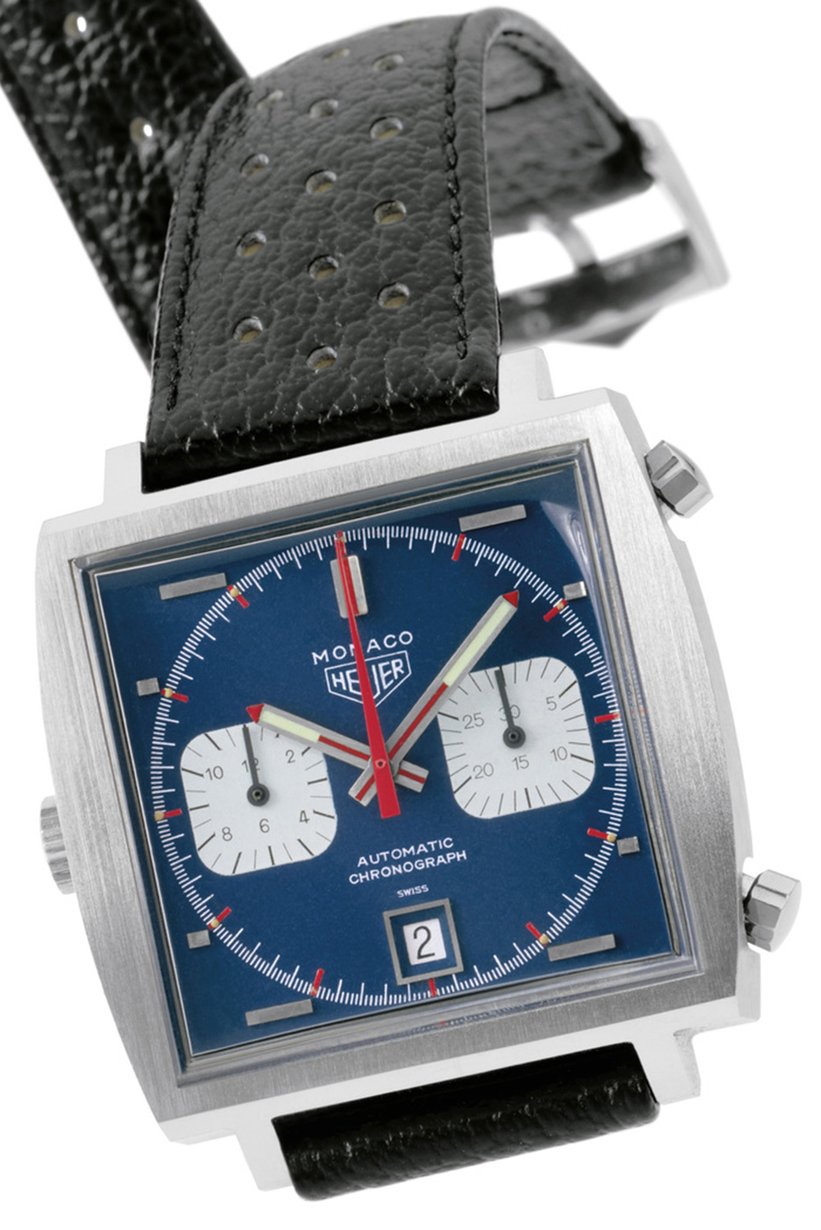While Jack Heuer’s eponymous company was secretly developing the Calibre 11, the world’s first automatic chronograph movement, together with Breitling and Hamilton in the early 1960s, it secured a radical square case from an external supplier in order to one-up its competition. The watch was the Monaco – named in honour of the historic circuit on the streets of the glamorous principality – and with its large square case, revolutionary movement and unusual left-hand crown, it was groundbreaking.

The Monaco’s legend was not sealed there and then, however. It was, of course, Steve McQueen who immortalised the timepiece in his role as Michael Delaney in the 1971 racing thriller Le Mans. The ever-savvy Jack Heuer had orchestrated one of the first non-motorsport Formula 1 sponsorship campaigns with Jo Siffert, and the production company behind Le Mans sought inspiration from the Swiss driver for McQueen’s character in the film. Hence McQueen wore near identical overalls to those worn by Siffert in his Gulf-Wyer Porsche years, complete with the Heuer badge stitched onto his chest and a Heuer timepiece, more specifically the Monaco, affixed to his wrist.


Through no fault of its own, the Monaco’s success was short-lived. The quartz revolution hit the traditional watchmaking industry hard in the mid-1970s, and the Monaco was axed. It wasn’t until 1997 that the watch re-emerged, as a vintage Heuer re-edition, and until 2003 that it was reinstated into the standard model range. Since then, we’ve seen numerous variants and special editions of the famous watch, including the extraordinary belt-driven Monaco V4 and the futuristic Monaco Twenty Four. The traditional blue-faced Monaco is still the most popular, however – one even made an appearance in the hugely successful television series Breaking Bad. Inherently linked to motorsport, the Monaco will always be considered one the finest timepieces ever created, just as the principality after which it is named will always find a slot on the Formula 1 calendar.
Photos: Tag Heuer







